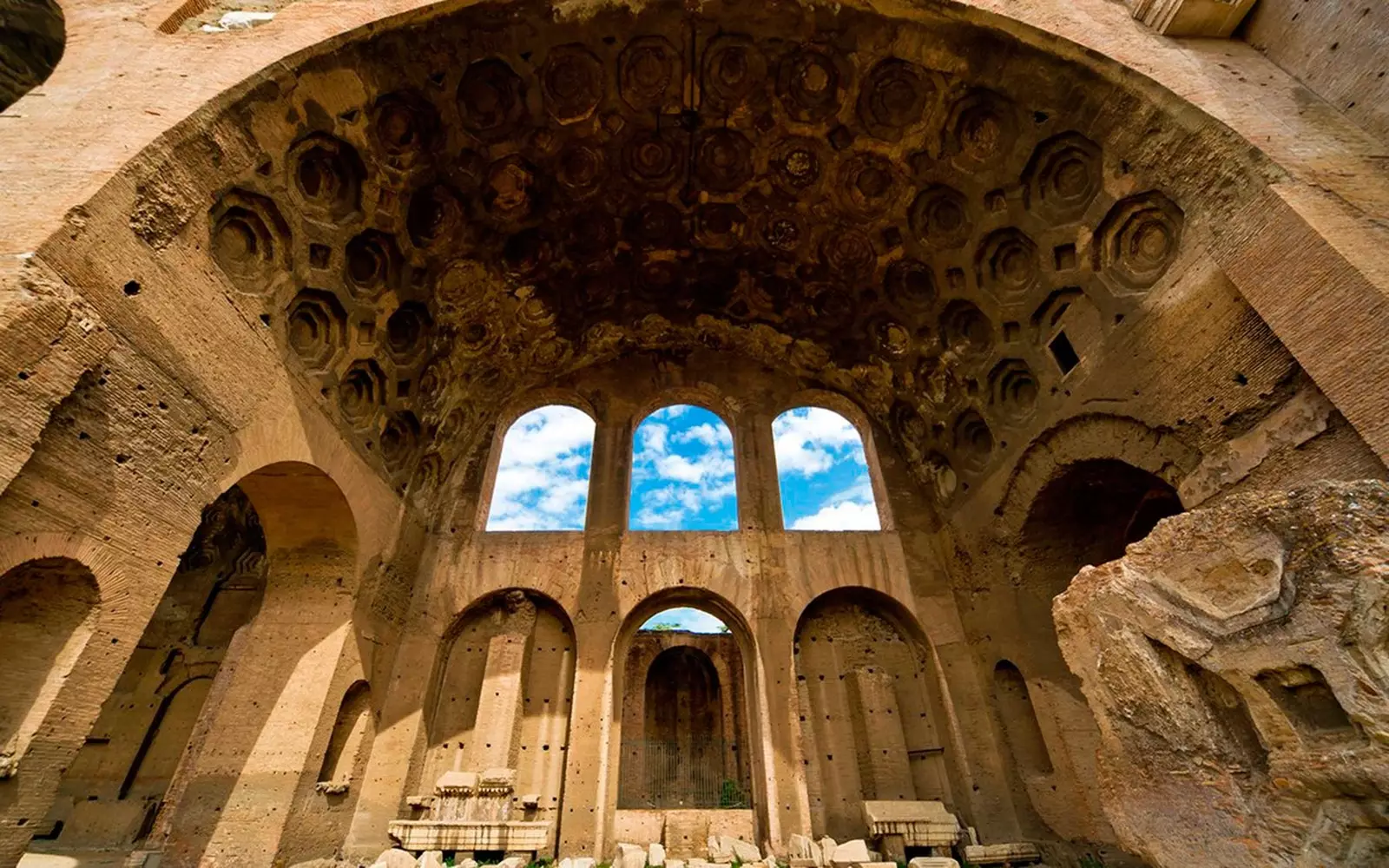
What would this basilica be like before? We have the answer!
Every place in the world hides some Ancient ruins. These enigmatic monuments make us walk with admiration while we wonder how it is possible that after so many years they continue to preserve the essence of their imposing beauty.
Among its columns the echo of the life of past civilizations still resounds , the surviving foundations whisper to us what happened there in another time, the purpose for which said work of art was raised. Some can even boast of being one of the seven wonders of the World.
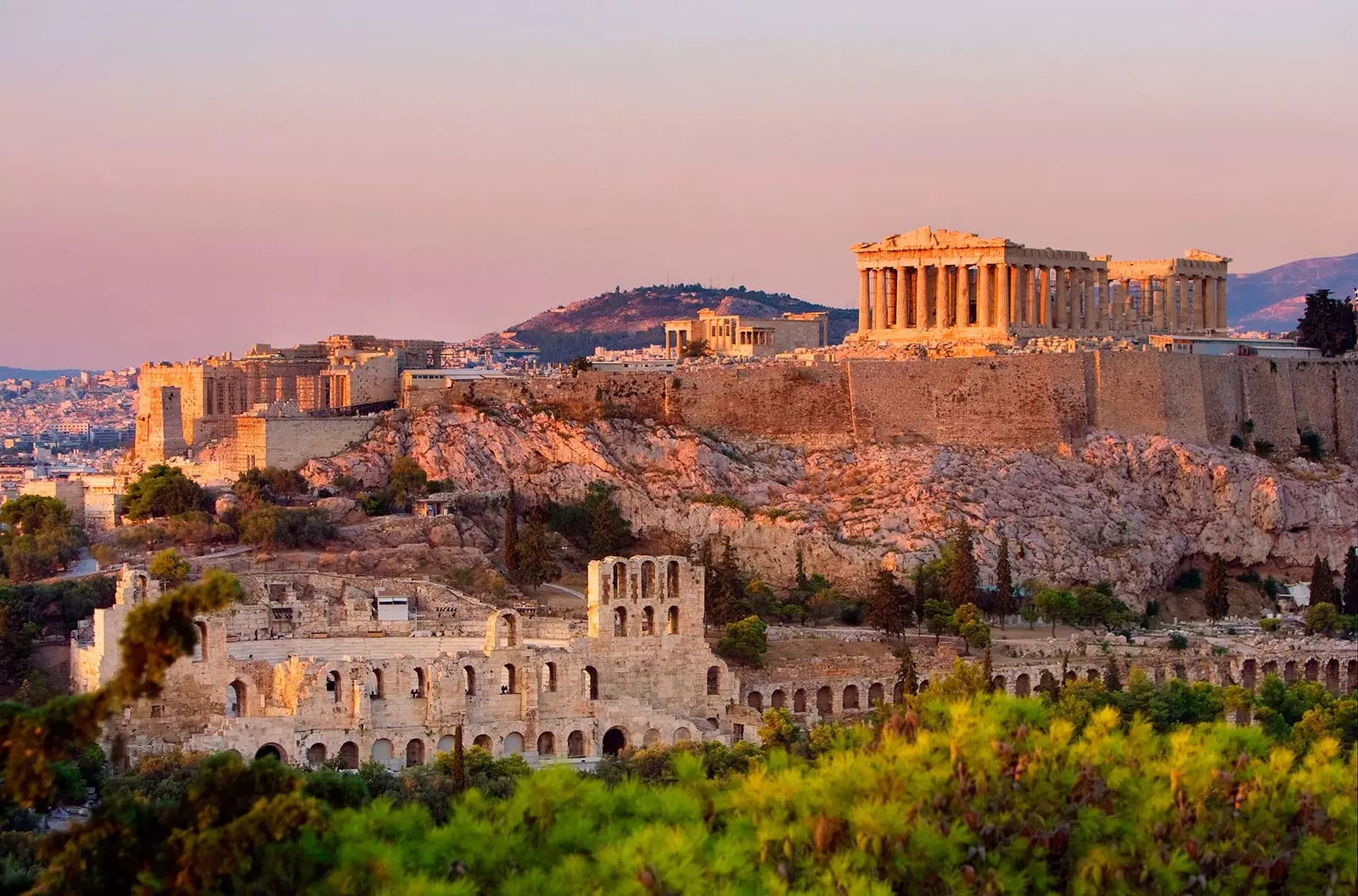
The Acropolis of Athens, Greece
Historians and archaeologists They have tried to find out the secrets that the ruins hide and what their original appearance was like. But since our imagination has a limit, NeoMam Studios , in collaboration with the company MyVoucherCodes, has decided recreate the interior of seven of the most famous ruins on the planet.
“When one thinks of ancient ruins, images of crumbling steps, half-foot columns and crumbling statues come to mind. Not the most inspiring of thoughts.
We wanted to change that and we knew that to do so we had to return those landmarks to their former glory,” he explains. Gisele Navarro, director of operations at NeoMam Studios, told Traveler.es.
This is the wonderful result, shall we enter?
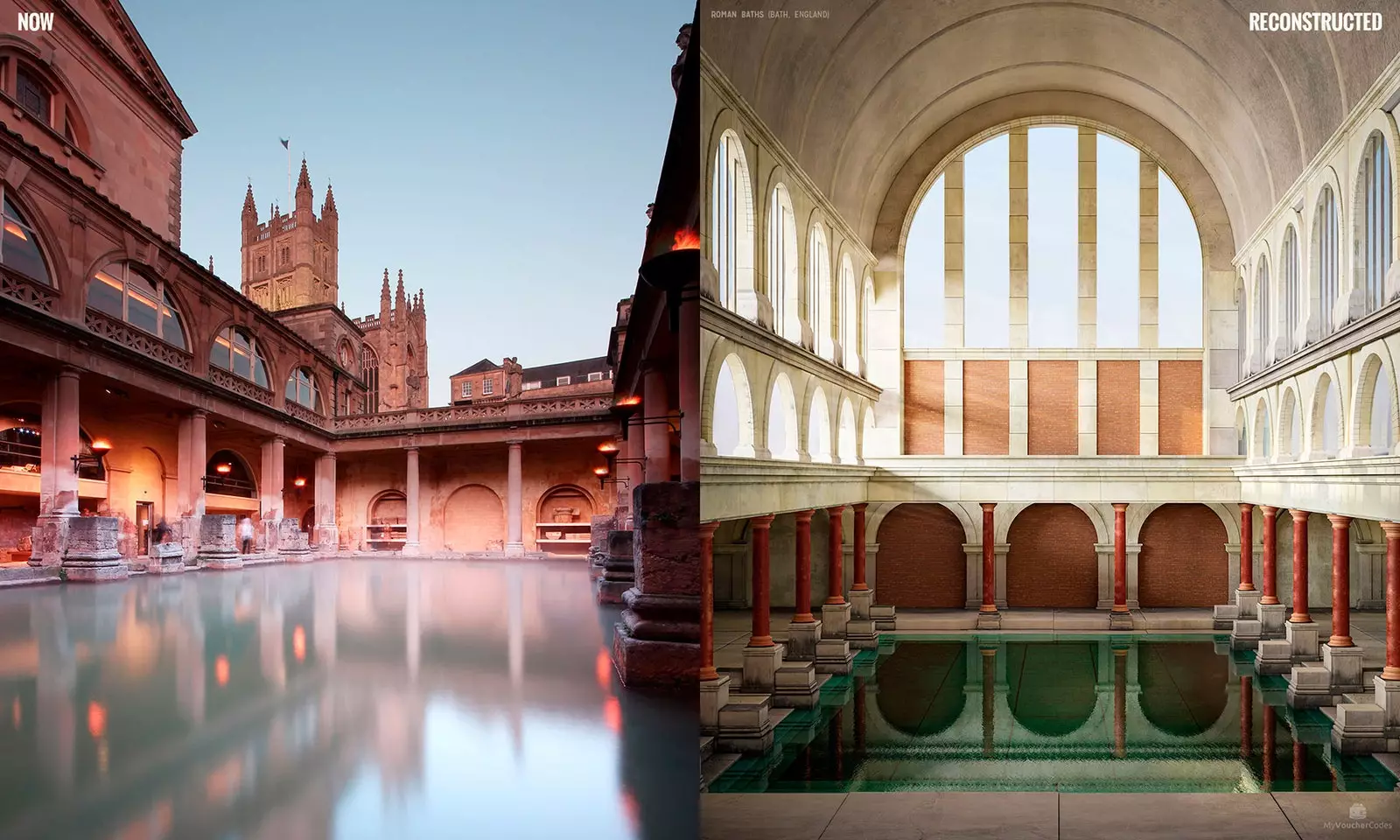
Roman Baths (Bath, England)
**Roman Baths (Bath, England) **
The luxury that marked the Roman lifestyle is reflected in this bath complex. Built around 70 AD ., the baths were part of the daily life of the ancient Romans, constituting a social meeting and relaxation point for citizens.
The water, heated by geothermal energy, from the "Sacred Spring" filled the Great Bath . Although now open-air, the bath was originally covered by a 45-meter-high barrel vault.
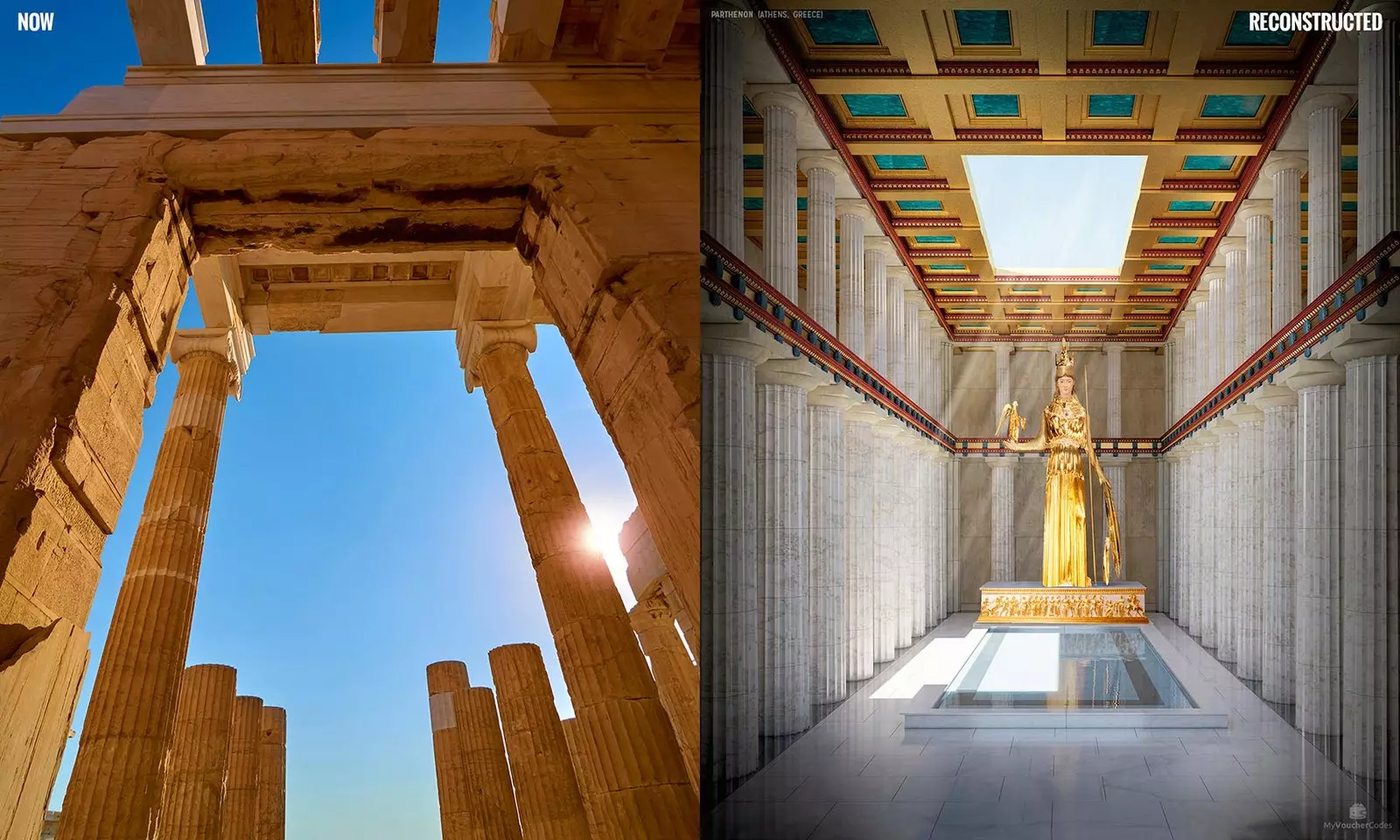
Parthenon (Athens, Greece)
**Parthenon (Athens, Greece) **
crowning the hill The Acropolis, the Parthenon It was built in the middle of the 5th century BC. to house an imposing golden statue of Athena.
The brilliant sculpture stood over 40 feet tall and was made of carved ivory and gold. In front of the goddess Athena was a basin of water that provided the necessary humidity to maintain the ivory and that reflected the sun's rays that entered through the skylight. Wonderful!
“ We have reconstructed each of them based on our research into what experts believed them to be like before . So, for example, for the Parthenon, we base our reconstruction on multiple sources, such as a reconstruction made available by the pennsylvania state university library or like the statue of Athena of the Nashville Parthenon ”, Gisele Navarro tells us , Director of Operations at NeoMam Studios.
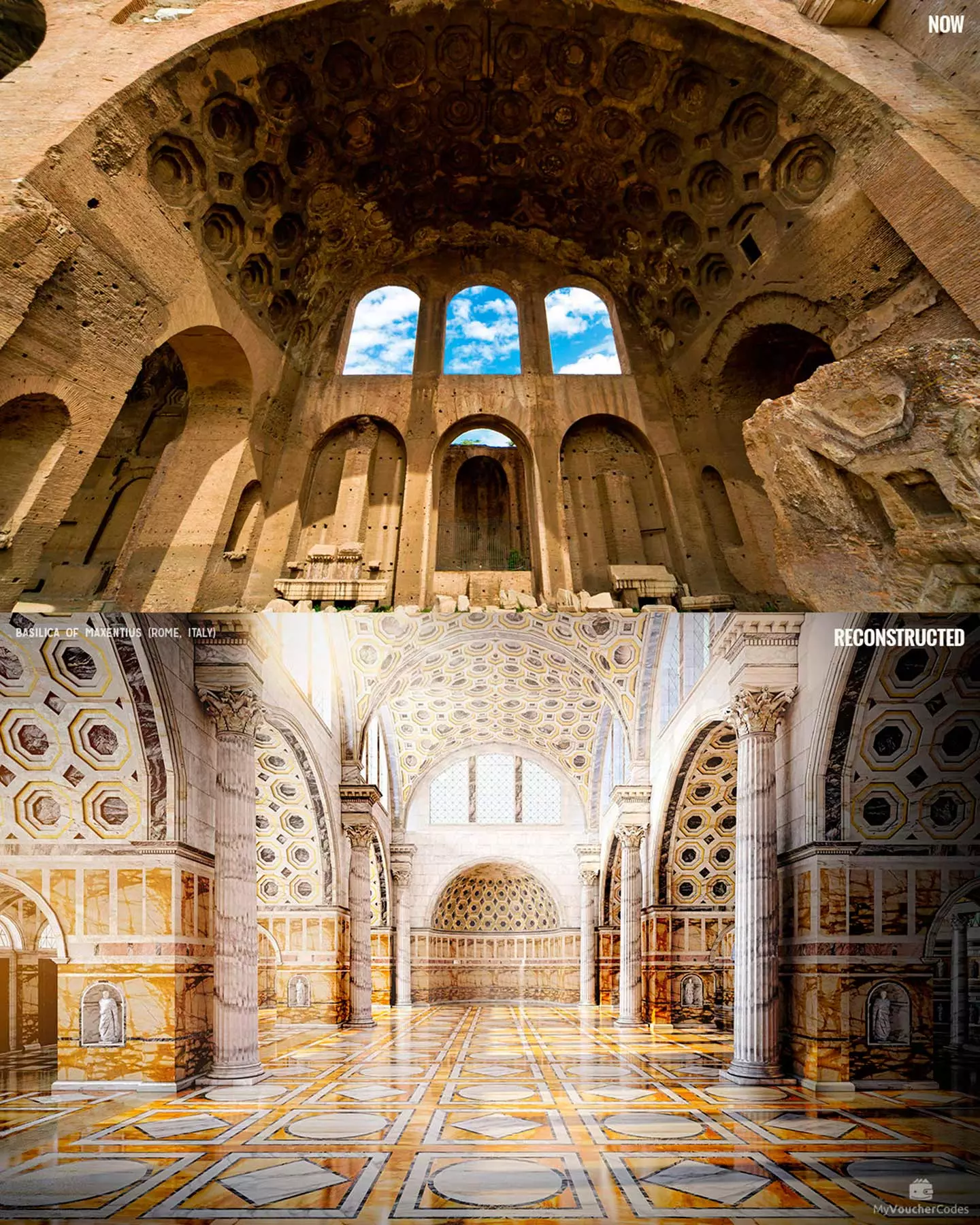
Basilica of Maxentius (Rome, Italy)
**Basilica of Maxentius (Rome, Italy) **
“The reconstruction of the Basilica of Maxentius is one of my favorite images” , confesses the director of operations of NeoMam Studios.
We can find this majestic building in the heart of the Roman Forum , in the capital of Italy . With an area of 6,500 square meters, it was the largest roman basilica of the imperial age.
Acted as meeting house, commercial area and administrative building. Spectacular Corinthian columns, chromatic marble floors and gilt bronze walls made this one of the most impressive buildings of ancient Rome.
“I have been to the Roman Forum and it was an amazing experience. The grounds are impressive, although a bit confusing as there are ruins everywhere: remains of temples, basilicas, public spaces…”, he says Gisele Navarro to Traveler.es.
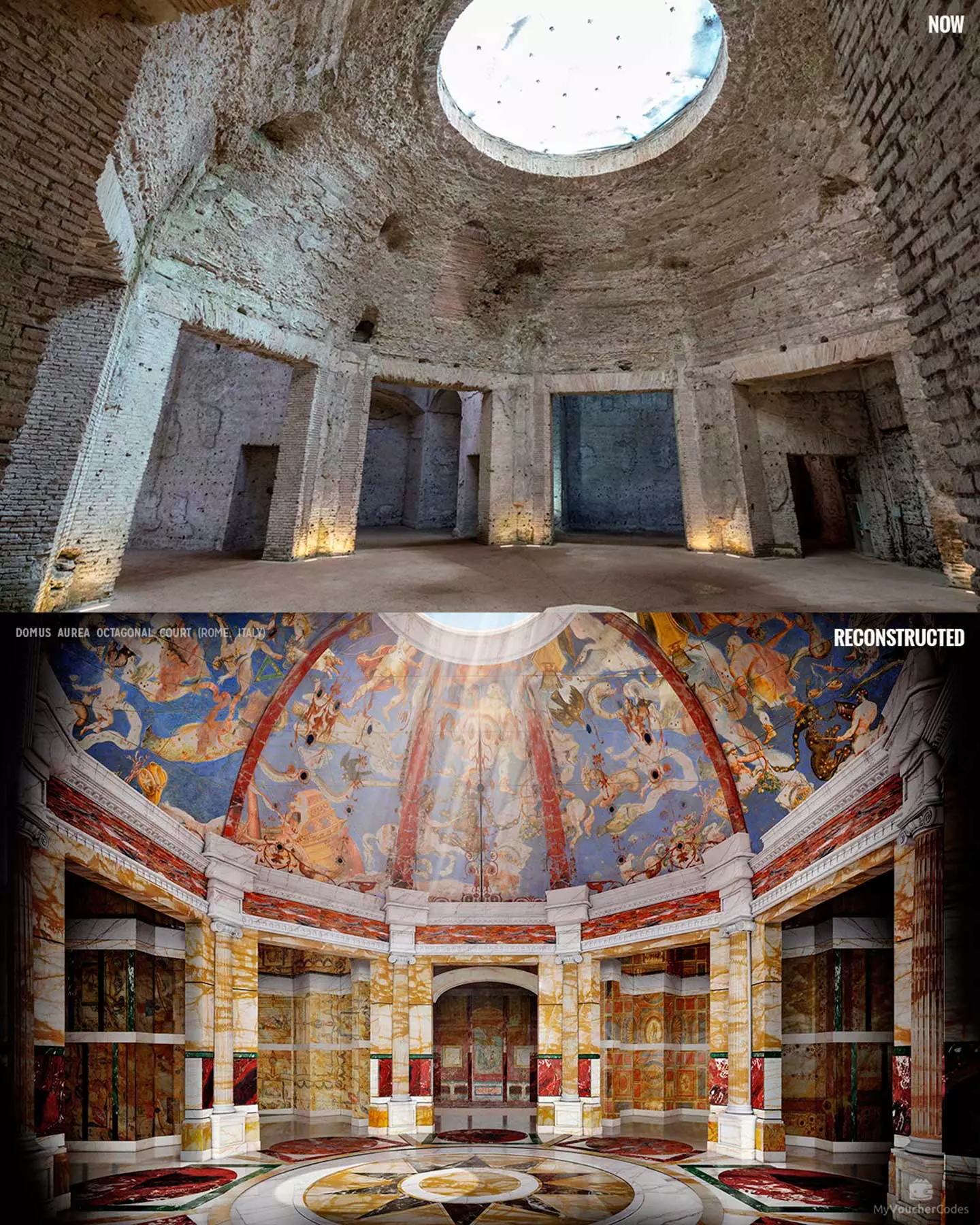
Domus Aurea (Rome, Italy)
**Domus Aurea (Rome, Italy) **
The Golden House It was built between 65 and 68 AD. by the roman emperor Nero . Under the roof of this spectacular palace parties and huge banquets were held. The great octagonal room had a concrete dome, probably covered with a glass mosaic.
Precious stones inlaid on the walls, ivory and mother-of-pearl decorations and ceilings with hatches through which flowers were thrown and perfumes during the emperor's celebrations they were the essence of this ostentatious place.
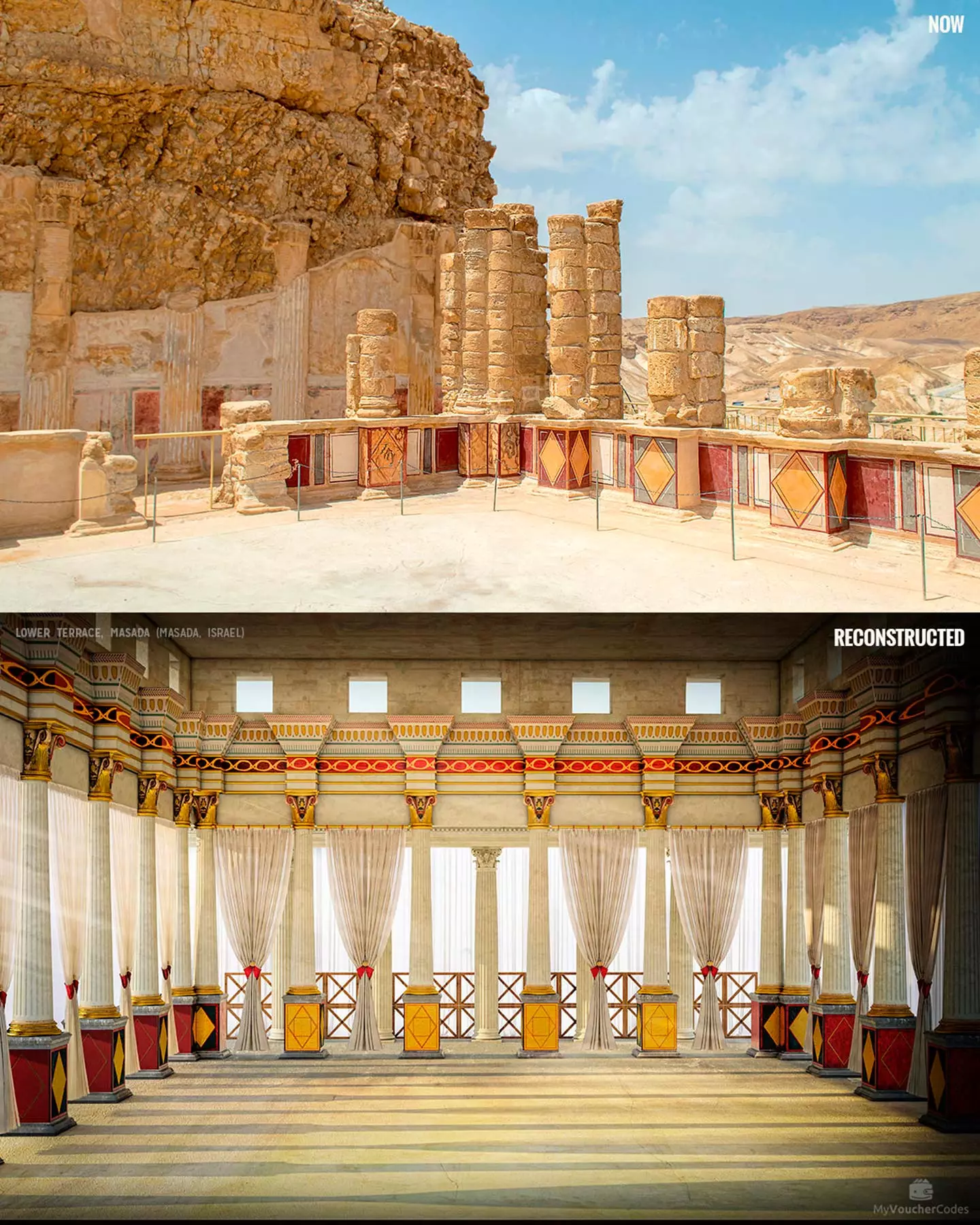
Lower terrace of Masada, Judean desert (Masada, Israel)
**The fortress of Masada, Judean desert (Masada, Israel) **
King Herod built Masada fortress between 37 and 31 BC, where his palace is housed. This spectacular complex stands on top of a cliff, above the dead Sea.
The elegant residence of the king had three luxurious terraces , and the architects of this project have imagined what the lower one would be like. Porticoes and precious frescoes with colorful geometric motifs invited to spend hours in this cozy space.
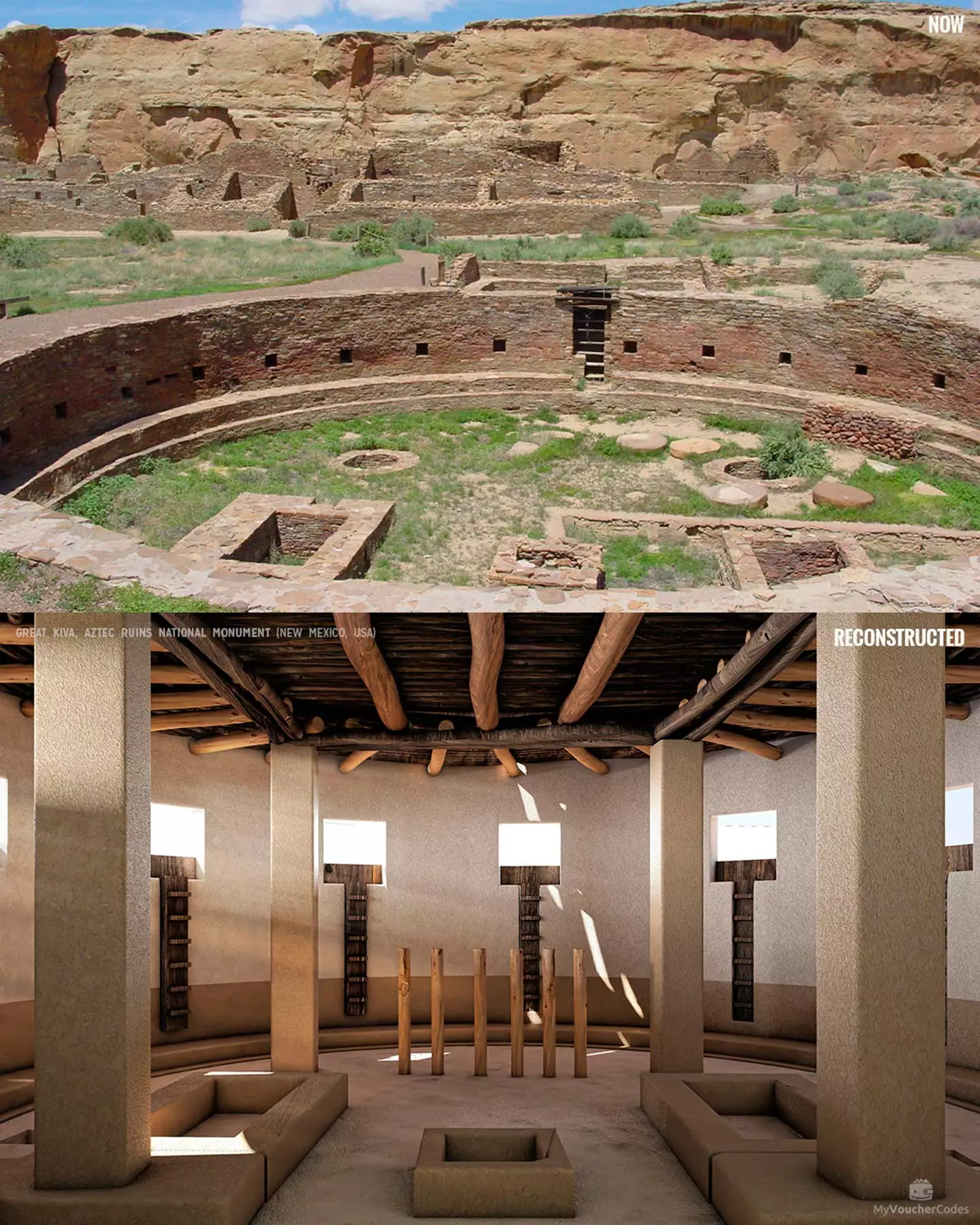
Great Kiva, Aztec Ruins National Monument (New Mexico, USA)
**Great Kiva, Aztec Ruins National Monument (New Mexico, USA) **
These ruins were discovered in 1859 and reveal to us what daily life was like for the pueblo tribe , a North American native group that inhabits the state of New Mexico.
The ruins have more than 450 rooms and include a fully restored kiva. What is a kiva? A huge round room, built partially underground, where people gathered to socialize, discuss important matters, or celebrate parties.
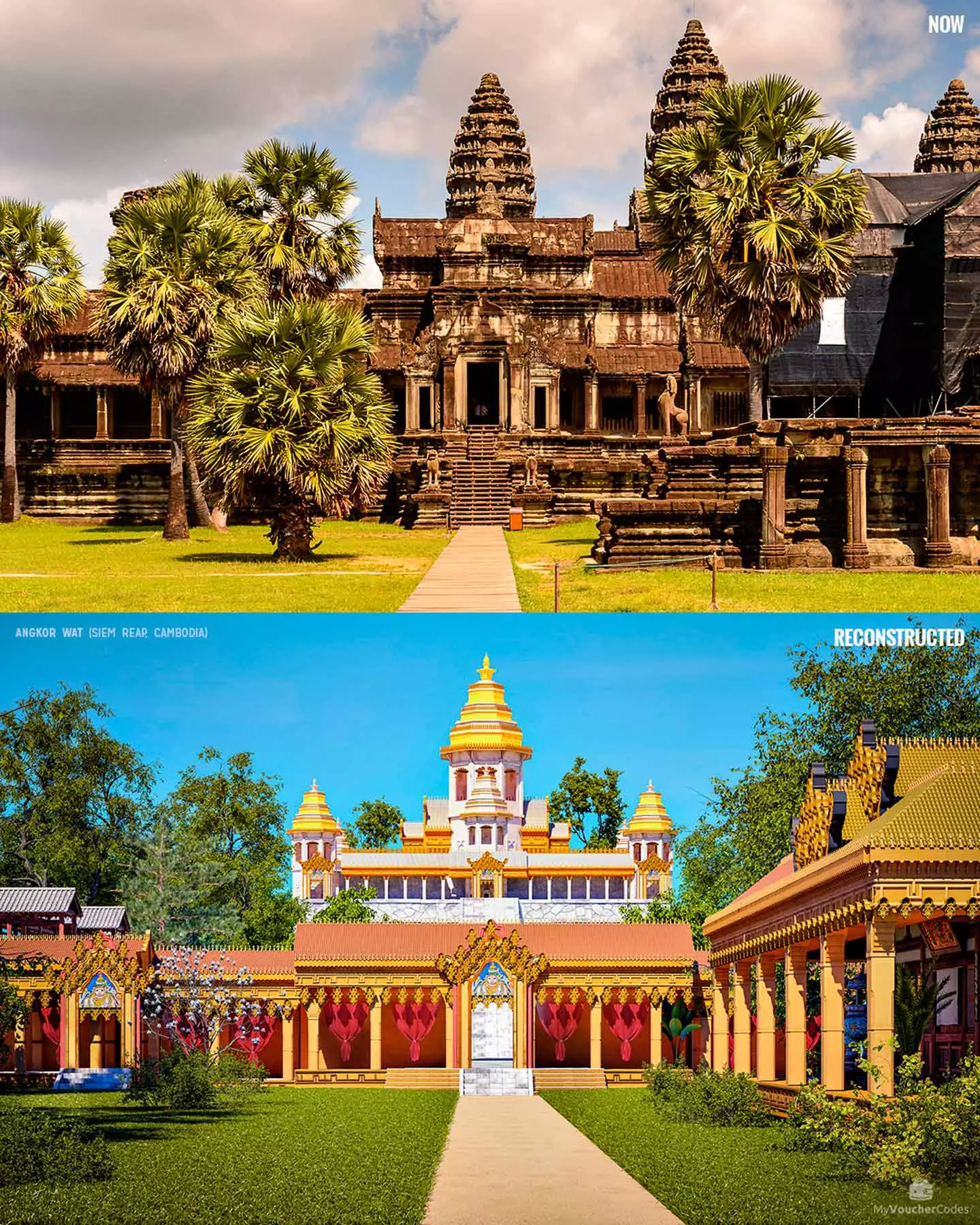
Angkor Wat (Siem Reap, Cambodia)
**Angkor Wat (Siem Reap, Cambodia) **
This is the largest hindu temple in the world , Y Cambodia brag about it. Such is the pride Angkor Wat is present on the flag of the Asian country . It is estimated that it took about 30 years to build this complex, originally dedicated to the god Vishnu.
Inside we can find a series of elevated towers, porches and patios at different levels, connected by a network of stairs. Here is the reconstruction of one of its exuberant patios.
